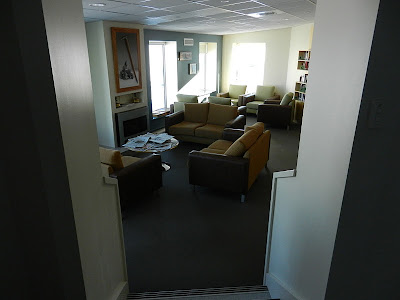| Weddells are abundent on Ross Island and will live their entire lives within 20-25 miles of their birthplace. During the winter, they will chew the ice to maintain holes for which to come and go from the water. The second largest seal in Antarctica, they can grow over 1100 lbs. Kind of a funny story, earlier this summer a Search and Rescue mission was called out on the ice - a pretty big deal anytime a SAR is activiated. Planes, helicopters, the Fire Department, and the volunteer SAR teams all start to scramble. Come to find out, of the of seal researchers somehow got pinned (pinned by a pinneped - get it?) by the seal she was working on and her team couldn't free her. I don't know the circumstances, but I suspect the seal might had been sedated and inadvertantly rolled over her leg. Anyway, the thing weighed too much and her team couldn't get it rolled off of her, so they radioed for help. She was seen hobbling around on crutches later, so I guess she wasn't injured too badly. |




















No comments:
Post a Comment